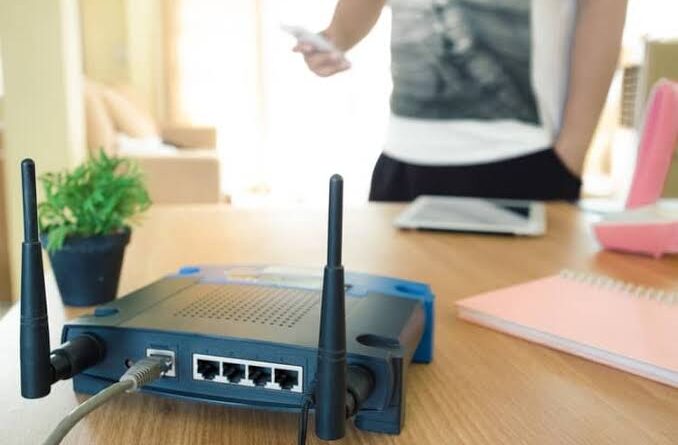Wireless connections referred to as Wi-Fi first became a thing in 1997, the same year when Tickle Me Elmo was the hot holiday item every kid wanted. Today, Wi-Fi is more popular than ever since it provides the ability to link various devices to the internet without needing a physical connection. While many things have changed since 1997, the one thing that’s still the same is the desire to speed things up whenever possible. This certainly applies to wireless internet connections. So, here Live Enhanced explore a double handful of tips to keep in mind that could leave you with faster Wi-Fi.
1. Turn Your Router Off and On
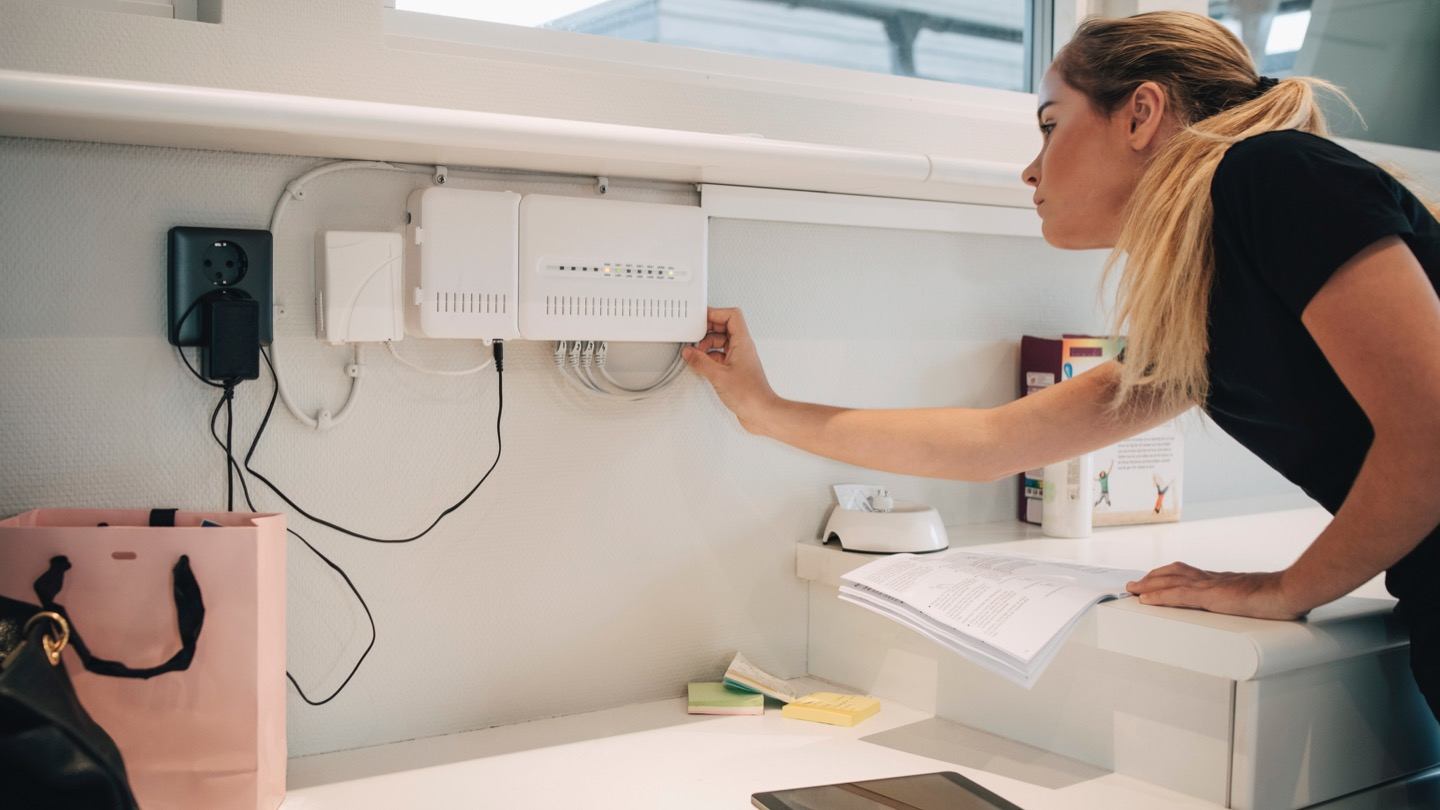
source: allconnect.com
A simple way to regain some Wi-Fi speed is to turn your router off and on again. What this does is reset it and give you a fresh connection. Also, if you notice dust on your router, use a microfiber cloth to clean it off to keep the fan from having to work too hard.
2. Do a Speed Test
Sometime you will experience lagging while you are playing online games or buffering when you are watching a movie or TV show on your favorite streaming services. An easy way to test your router’s speed is to use a speed test app. Run the test at different points throughout your home. The results will give you an idea of where it’s best to place your router to get a stronger signal that gives you some more speed.
3. Move Your Router to Different Location
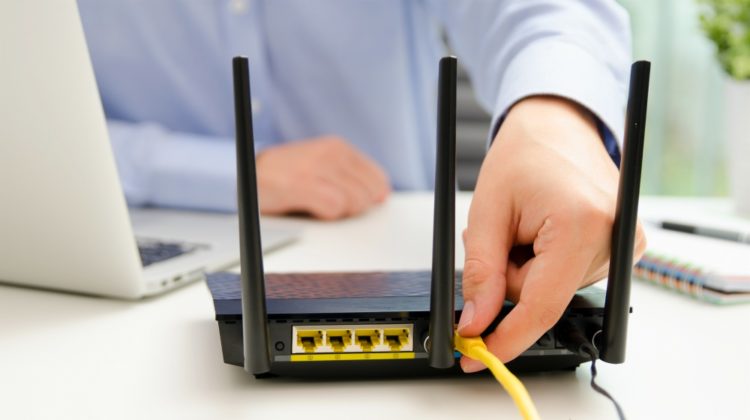
source: pinterest.com
On a related note, you may also get a speed boost if you move your router away from any obstacles or barriers that could be blocking or impeding the signal. Ideally, it’s best to put your router in a central location where the signal can reach all devices that need to access a Wi-Fi connection.
4. Secure Your Wi-Fi Signal
If you’re using your Wi-Fi connection without a password other users nearby may be tapping into your connection. A shared connection is one that’s weaker and slower from the added strain. If you haven’t done so already, use a strong password to prevent others from accessing your wireless connection.
5. Minimize ‘Wireless Clutter’
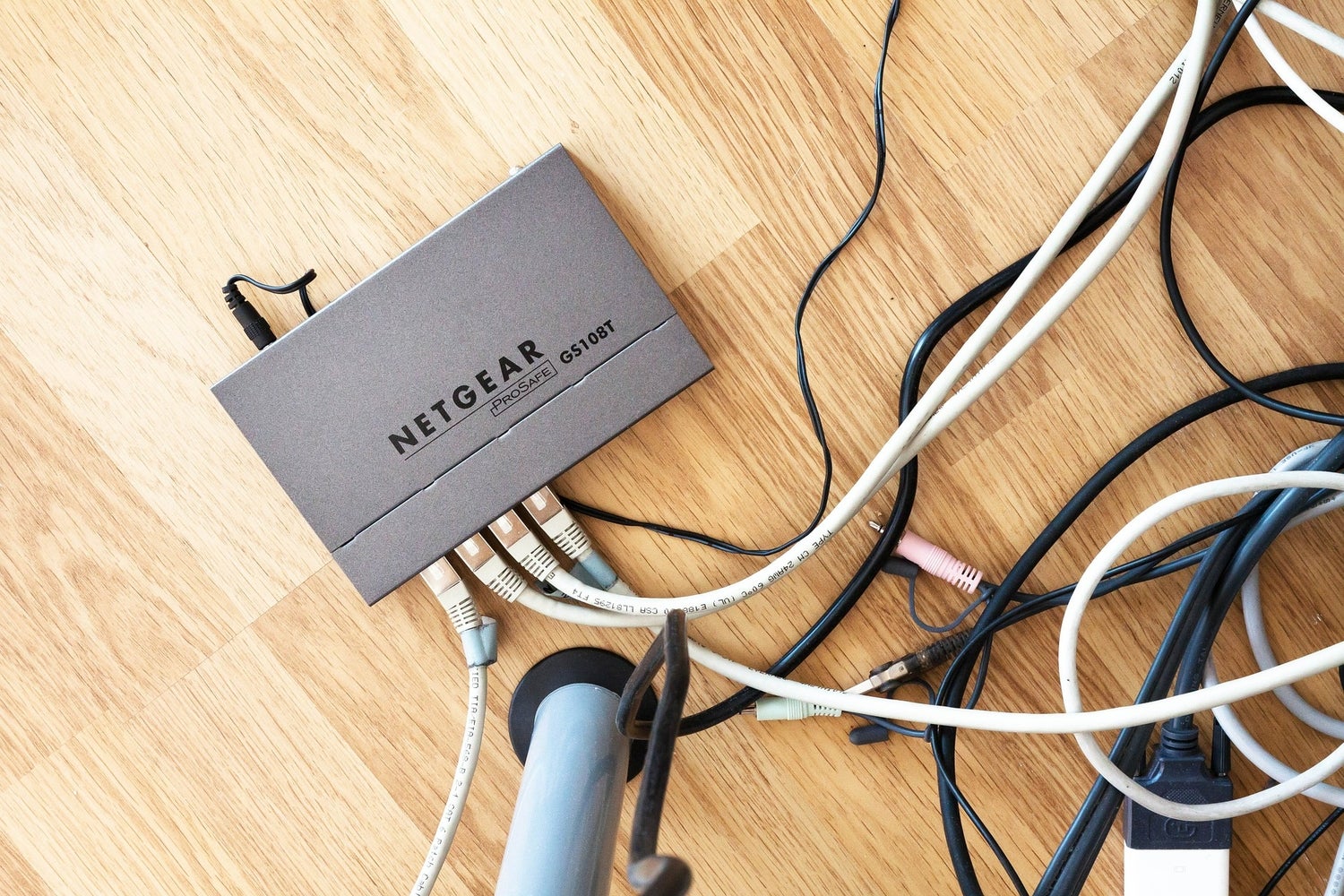
source: popsci.com
It’s increasingly common for homes today to have many “smart” things like vacuums, refrigerators, thermostats, and televisions. All these devices and appliances tap into your wireless network, which could leave you with a noticeable dip in speed. Reducing the wireless clutter in your home by turning off what doesn’t need to run at all times may give you a much-appreciated speed increase.
6. Try a Different Channel or Band
Normally, a router is designed to pick up and use the best channel or band. However, if your Wi-Fi connection is being drained by other smart devices or being shared by other users with your knowledge, switching to a different channel/band might up your speed. This is something you can do by:
• Checking your manual to see how to switch the channel on your router
• Using the Windows PowerShell or Wireless Diagnostics (for Mac PCs) feature to compare local channels
• Typing your router’s IP address into your browser to get to the settings
• Changing from a 2.4 GHz and 5 GHz band, or using the most appropriate band for different devices based on what gives you the best speed
7. Update Your Software
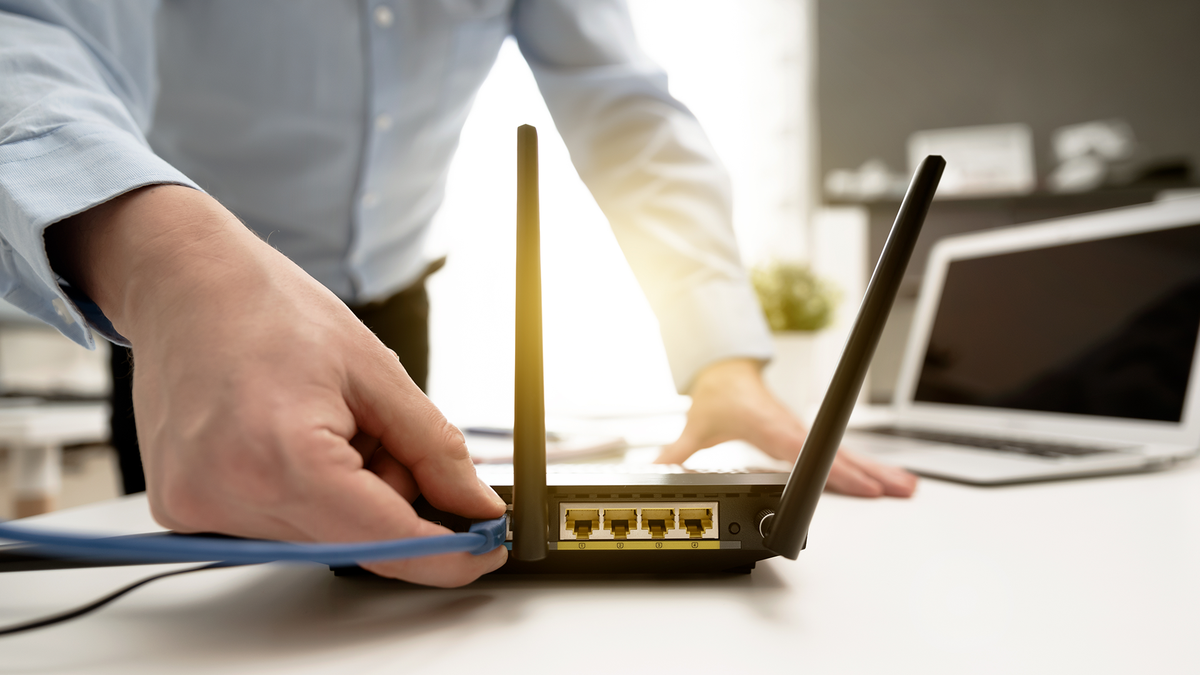
source: pinterest.com
Typically, newer routers update software automatically. Still, it never hurts to check your router’s settings to make sure this is the case. If you notice that updates haven’t been downloaded, taking this step could restore or increase your speed.
8. Use an Ethernet Cable
Another simple fix is to use an inexpensive Ethernet cable to connect to you router. Granted, this isn’t exactly true wireless, but it’s worth considering if you have a laptop or desktop PC you regularly use for work or remote learning. The tradeoff is that you’ll need to have your router close to what it’s connected to via the cable.
9. Get a Wi-Fi Extender
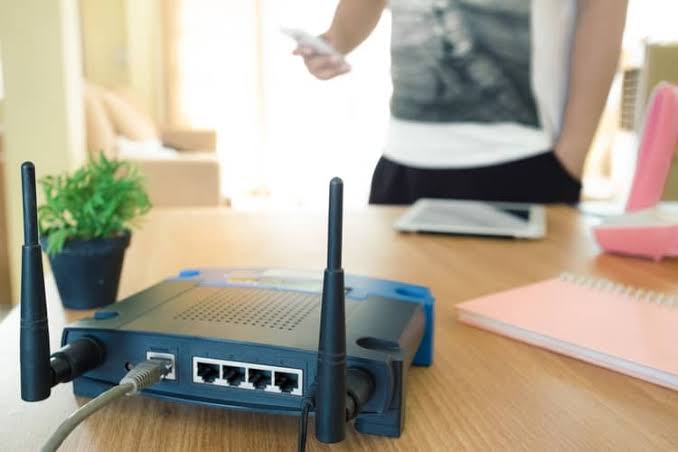
source: pinterest.com
Extenders are typically easy to set up. All you need to do most of the time is plug the extender into a wall outlet and it will do the rest. While the signal won’t be as strong as what comes directly from the router, it can help for times when you can’t physically move your router closer to a certain device.
10. Invest in a New Router
Lastly, if the tips mentioned above aren’t giving you much of a speed boost, it may be time to invest in a new router. Some internet providers will automatically send you a new router when it’s time to upgrade. However, if you’re using one you purchased yourself, take a moment to see what’s available with newer models.

